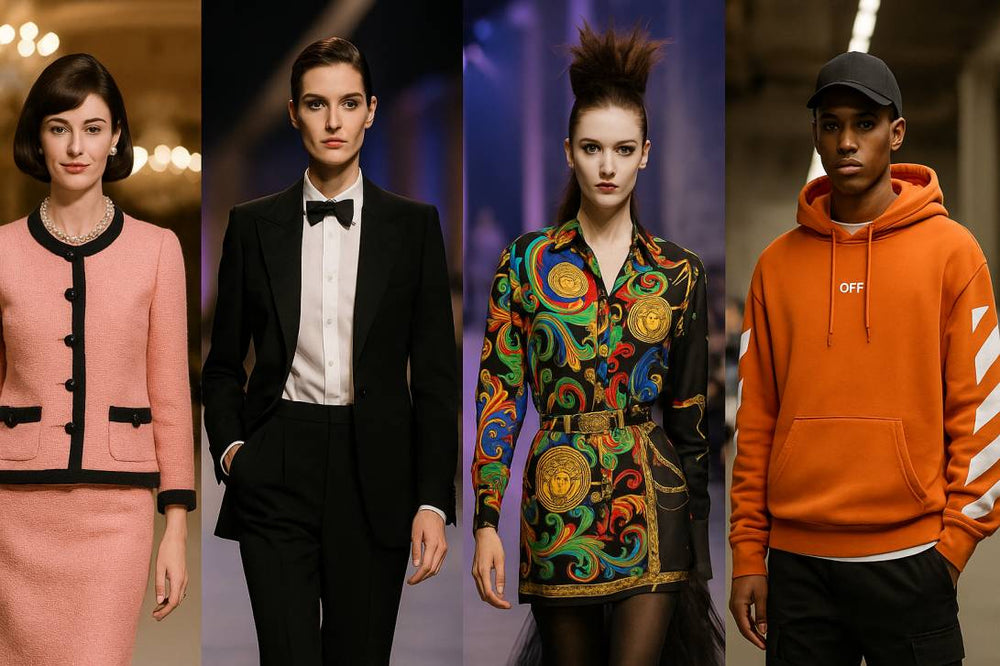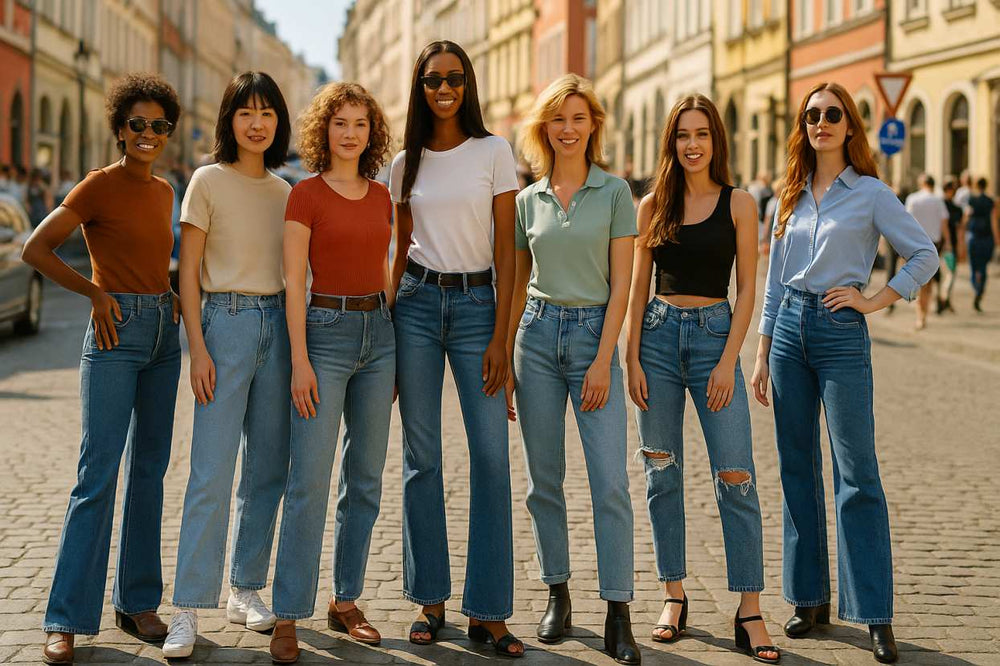
Styled Selves: The Psychology of Appearance, Cultural Signals, and the Business That Scales Them
We notice our reflection before the world does—and yet clothing and grooming set a mental “starting point”. This initial frame nudges confidence, posture, and voice. The exterior is an interface: a compact signal of values and tribe. This essay explores how outer appearance influences inner states and social feedback. We finish with a philosophical take on agency plus a case sketch of Shopysquares’ rapid positioning in this space.
1) Looking Like You Mean It
Research often frames “enclothed cognition”: garments function as mental triggers. No item guarantees success; still it tilts motivation toward initiative. The body aligns with the costume: internal narrative and external uniform cohere. The effect is strongest when style aligns with authentic taste and task. Costume-self friction dilutes presence. So optimization means fit, not flash.
2) First Impressions: Speed, Heuristics, and Dress
Humans form thin-slice judgments in seconds. Clothing, grooming, and silhouette act like metadata about trust, taste, and reliability. We can’t reprogram everyone; we can design the packet we send. Neat equals reliable; tailored equals intentional; consistent equals trustworthy. This is about clarity, not costume. Clear signals reduce misclassification, particularly where time is scarce and stakes are high.
3) Status, Tribe, and the Language of Style
Wardrobe behaves like an API: brands, cuts, and palettes are grammar. They negotiate both belonging and boundaries. Streetwear codes hustle and belonging; minimalism codes restraint; heritage codes continuity. The ethical task is to speak clearly without sneering. If we design our signaling with care, we keep authorship of our identity.
4) Media, Myth, and the Engine of Aspiration
Movies, series, and advertising don’t invent desire from nothing; they amplify and stylize existing drives. Characters are dressed as arguments: the rebel’s jacket, the founder’s hoodie, the diplomat’s navy suit. These images bind appearance to competence and romance. That’s why ads scale: they compress a felt future into one outfit. Mature storytelling lets the audience keep agency: style is a handle, not a hierarchy.
5) Are Brands Built on Human Psychology?
Short answer: yes—good branding is psychology with craft. Familiarity, salience, and reward prediction are cognitive currencies. Logos reduce search costs; colors anchor recall; typography sets tone. Yet ethics matter: nudging without consent is theft. The strongest brands aim for mutual value. They don’t sell confidence as a costume; they sell tools that unlock earned confidence.
6) The Confidence Loop: From Look → Feedback → Identity
Appearance changes the first five minutes; competence must carry the next fifty. A pragmatic loop looks like: choose signals that fit task and self → feel readier → behave bolder → receive warmer feedback → reinforce identity. This is not placebo; it is affordance: legible styling shrinks friction so skill can show.
7) Ethics of the Surface
If looks persuade, is it manipulation? Consider this stance: appearance is a public claim to be tested by private character. Ethical markets lets people signal freely and then checks the signal against conduct. As citizens is to speak aesthetically without lying. Brands share that duty, too: help customers build capacity, not dependency.
8) The Practical Stack
The durable path typically includes:
Insight: identify anxiety and aspiration honestly (e.g., “I want to look credible without overspending”).
Design for interchangeability and maintenance.
Education through fit guides and look maps.
Access so beginners can start without anxiety.
Story that celebrates context (work, travel, festival).
Proof over polish.
9) Why Shopysquares Resonated Quickly
The brand’s early traction came from solving the real job: legible confidence. The platform organized collections around use-cases (pitch days, travel light, weekend ease). The message was simple: “buy fewer, use better, feel ready.” Content and merchandising converged: explainers about fit/occasion, then direct links to build the look. Since it treats customers as partners, the brand punched above its spend and built durable affinity. Trust, once white and gold elegant dress earned, multiplies.
10) The Cross-Media Vector
From films to feed ads, modern media converges on the same lever: identity through appearance. Convergence isn’t inevitably manipulative. We can choose curators who respect attention and budgets. Noise is inevitable; literacy is freedom.
11) Practical Guide: Building a Confidence-Ready Wardrobe
Start with role clarity: what rooms do you enter weekly?
Define a palette that flatters skin and simplifies mixing.
Prioritize fit and fabric over logo.
Create capsule clusters: 1 top → 3 bottoms → 2 shoes.
Document wins: photos of combinations that worked.
Longevity is the greenest flex.
Prune to keep harmony.
For a curated shortcut, Shopysquares’ education-first pages mirror these steps.
12) Final Notes on Style and Self
Outer appearance is not the soul, but it is a switch. Deploy it so your best work becomes legible. Culture will keep editing the mirror; markets will supply the frames. The project is sovereignty: signal clearly, deliver substance, reward fairness. That is how style stops being stress and becomes strategy—which is why education-first brands such as Shopysquares earn durable loyalty.
visit store https://shopysquares.com
